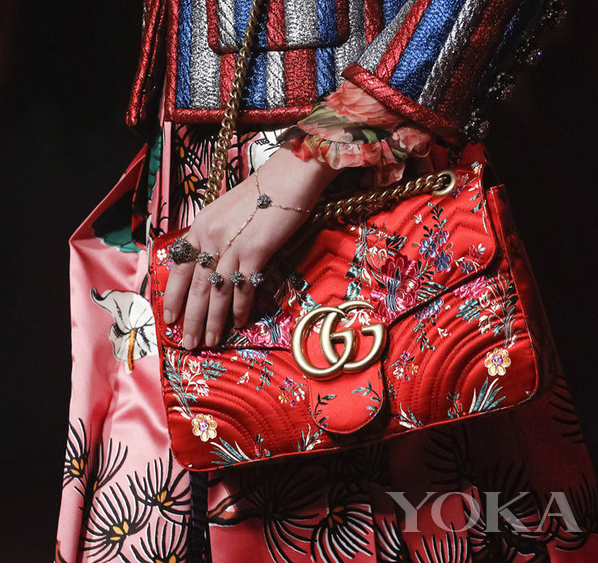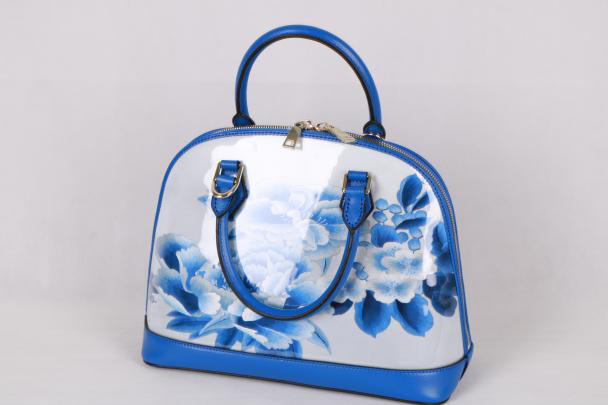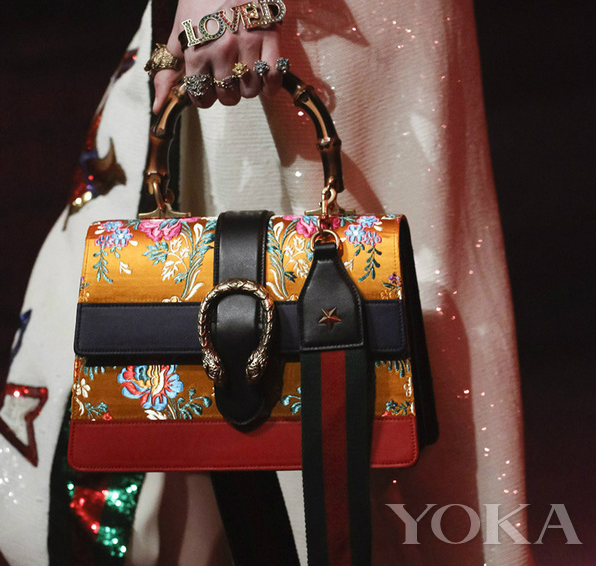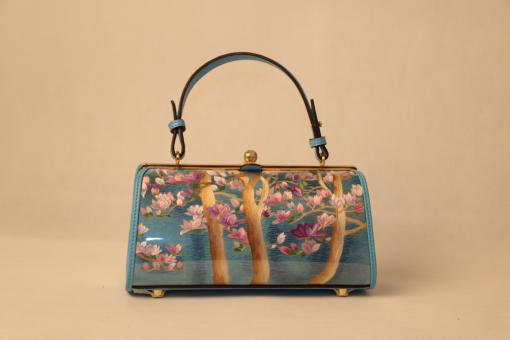In 2012, the average import tariffs on leather products imported from Peru by China were 6.04% lower than the average import tariffs on MFN countries by 6.1 percentage points and a decrease of 1.04 percentage points from the previous year. Among them, the raw cattle import duties have all been reduced to zero. In 2012, China also lowered its import duties on partial leather chemicals imported from Taiwan, China, plastic or textile bags, boots and shoes, etc. The import duties on leather chemicals dropped from 6.28% in the previous year to 4.25% on average. Partial plastic or textile surface Import tariffs on luggage imported from 10% to 5% or from 5% to 0 Local import tariffs on shoes and footwear parts declined from 5% to 0 In 2012, China's import tariff on leather products imported from Chile was 0.46% on average, more than the average import value of most-favored nation The tariff is 11.68 percentage points lower, down 0.15 percentage points from the previous year. In 2012, China's average import tariff on leather products imported from New Zealand was 0.6% lower than the average import tariff for most-favored nation by 11.54 percentage points and a decrease of 2.26 percentage points from the previous year. In 2012, China's import tariff on leather products imported from Pakistan was 7.45% lower than the average import tariffs on MFN countries by 4.69 percentage points, down 0.37 percentage points from the previous year. In 2012, China's import tariff on leather products imported from Hong Kong, China was 8.26% lower than the average import tariffs on the most-favored nation by 0.88 percentage points and 0.14 percentage points lower than the previous year. In 2012, China's import tariff on leather products imported from Asia-Pacific was 10.32% lower than the average import tariffs on MFN countries, down 0.05 percentage points from the previous year. In 2012, China's import tariff on leather products imported from Costa Rica was 6.21% lower than the average import tariffs on MFN countries by 5.93 percentage points. In 2012, China implemented a policy of reducing the price of imported leather products (finished products), what impact will this have on Chinese shoe-making or leather enterprises? Relevant leaders of Guangdong Footwear Manufacturers Association said that 50% of Guangdong's leather shoes and luggage leather raw materials are imported and 20% are from other provinces. The cost of raw materials has a great impact on the cost of finished products. First of all, expanding imports is a result of the general trend of the macroeconomic policy being gradually shifted from an outward-oriented economy to an endogenous economy. The government cut the import tariff on leather in order to make greater use of foreign leather resources to serve the Chinese leather goods enterprises. Through imports, it can reduce the damage to the ecological environment in some areas and is also one of measures for environmental protection. Secondly, reducing the tariffs on imported leather will bear the brunt of China's economy. The impact will be to promote trade balance, promote the balance between supply and demand, and promote domestic leather enterprises to improve product quality and service quality so that the state can spend relatively little money on high-quality leather products. With the reduction of tariffs on the import of raw leather, the exports of domestic leather and its products will also grow rapidly correspondingly. At the same cost to import more fine leather, the leather industry is fully sharing the benefits of global economic integration. Thirdly, the formulation of the tariff rate is for trade. It is a leveraged instrument. It is of great significance to lower the tariffs on leather imports and promote national consumption of leather products domestically. This is of great significance for the readjustment of China's economic structure. The stock of leather can not enjoy the price, so now the price can not be reduced at once. Reduced taxes may reduce the price of raw materials and help reduce the cost of finished shoes. In 2012, the average import tariffs on leather products imported from Peru by China were 6.04% lower than the average import tariffs on MFN countries by 6.1 percentage points and a decrease of 1.04 percentage points from the previous year. Among them, the raw cattle import duties have all been reduced to zero. In 2012, China also lowered its import duties on partial leather chemicals imported from Taiwan, China, plastic or textile bags, boots and shoes, etc. The import duties on leather chemicals dropped from 6.28% in the previous year to 4.25% on average. Partial plastic or textile surface Import tariffs on luggage imported from 10% to 5% or from 5% to 0 Local import tariffs on shoes and footwear parts declined from 5% to 0 In 2012, China's import tariff on leather products imported from Chile was 0.46% on average, more than the average import value of most-favored nation The tariff is 11.68 percentage points lower, down 0.15 percentage points from the previous year. In 2012, China's average import tariff on leather products imported from New Zealand was 0.6% lower than the average import tariff for most-favored nation by 11.54 percentage points and a decrease of 2.26 percentage points from the previous year. In 2012, China's import tariff on leather products imported from Pakistan was 7.45% lower than the average import tariffs on MFN countries by 4.69 percentage points, down 0.37 percentage points from the previous year. In 2012, China's import tariff on leather products imported from Hong Kong, China was 8.26% lower than the average import tariffs on the most-favored nation by 0.88 percentage points and 0.14 percentage points lower than the previous year. In 2012, China's import tariff on leather products imported from Asia-Pacific was 10.32% lower than the average import tariffs on MFN countries, down 0.05 percentage points from the previous year. In 2012, China's import tariff on leather products imported from Costa Rica was 6.21% lower than the average import tariffs on MFN countries by 5.93 percentage points. In 2012, China implemented a policy of reducing the price of imported leather products (finished products), what impact will this have on Chinese shoe-making or leather enterprises? Relevant leaders of Guangdong Footwear Manufacturers Association said that 50% of Guangdong's leather shoes and luggage leather raw materials are imported and 20% are from other provinces. The cost of raw materials has a great impact on the cost of finished products. First of all, expanding imports is a result of the general trend of the macroeconomic policy being gradually shifted from an outward-oriented economy to an endogenous economy. The government cut the import tariff on leather in order to make greater use of foreign leather resources to serve the Chinese leather goods enterprises. Through imports, it can reduce the damage to the ecological environment in some areas and is also one of measures for environmental protection. Secondly, reducing the tariffs on imported leather will bear the brunt of China's economy. The impact will be to promote trade balance, promote the balance between supply and demand, and promote domestic leather enterprises to improve product quality and service quality so that the state can spend relatively little money on high-quality leather products. With the reduction of tariffs on the import of raw leather, the exports of domestic leather and its products will also grow rapidly correspondingly. At the same cost to import more fine leather, the leather industry is fully sharing the benefits of global economic integration. Thirdly, the formulation of the tariff rate is for trade. It is a leveraged instrument. It is of great significance to lower the tariffs on leather imports and promote national consumption of leather products domestically. This is of great significance for the readjustment of China's economic structure. The stock of leather can not enjoy the price, so now the price can not be reduced at once. Reduced taxes may reduce the price of raw materials and help reduce the cost of finished shoes.
In the long history of mankind, the ancestors of the Chinese nation have created a splendid culture with labor and wisdom. Chinese culture has a long history and continues to have an impact on today's life. Many of the folk arts and crafts are our people's precious wealth. Embroidery, as one of the elements of Chinese style, is also one of the ancient handcrafts in China. For thousands of years, the embroidery culture not only affects the Chinese people's clothing plots deeply, but also foreign designers have the embroidery culture in China Strong interest in today's Chinese embroidery as many foreign designers bag design elements, regardless of Germany or Japan their product designers and business production, must have a strong sense of quality, which makes the embroidery elements in the fashion industry A big fire. As a national embroidery in China, Aishe Hui Hui Embroidery sheds the quintessence of five thousand years of traditional culture in our bones. We combine and combine the features of today's foreign and Chinese bag brands, and add some nationalities Elements, the result tells us that we should take the road of the quality of ingenuity.
At the mention of the embroidery, you feel very jiangnan Watertown, is very traditional, but the embroidery is very fashion, because this traditional design made in peacetime, decorative pattern is very suitable for small bag, then we come and check it.





Embroidery bag features:
Fine workmanship, solid, double-sided embroidery, embroidery neat, no frizzy thread and interface, comfortable original soft handle, unique embroidery design, retro elegance.
Embroidery bag types:
folk-custom
fashion
Shoulder Bags
backpack
Diagonal package
Hand Embroidered Handbag
Hand Embroidered Handbag,Lady Hand Embroidery Handbag,Shoulder Lady Hand Embroidery Handbag,Fashional Jewelly Embroidered Handbag
Haiyuan Aisha Handicrafts Company Limted , http://www.nxembroidery.com




